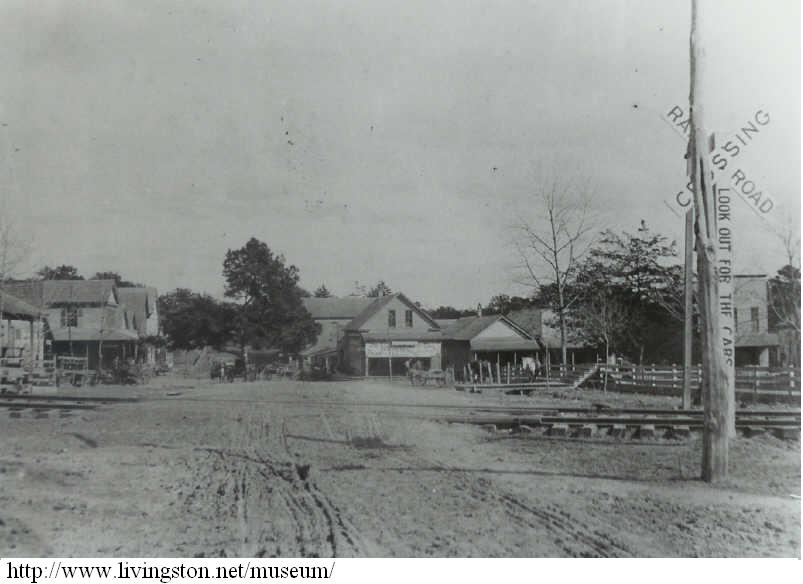Polk County is located in the deep woods of East Texas. Livingston is the county seat. After Texas' annexation in 1846, Polk County was one of the original twenty-three Texas counties. Its namesake is President James Knox Polk. After the county's formation, Livingston received the county's seat the same year. The Caddo Indians tribes of Hasinai and Alabama-Coushatta lived on the land until the nineteenth century, untouched by Europeans due to the Big Thicket forests. From the time of its incorporation to the Civil War, Polk County's economy sustained itself through the cultivation of cotton and the plantation system. Like other counties in the area, land values in Polk County increased significantly.
The county joined the Confederacy for  the Civil War and faced a depleted economy afterward. The number of available acres and the prices of land receded, which forced farmers into hard times because the cotton industry suffered as well. However, the county's population increased markedly from the 1880s to the 1940s. The advent of road and river transportation made travel and selling products much easier and more profitable. During this time, the agricultural production remained marginal, with farmers selling wool, sugar, molasses, and other items. During the Great Depression, the rise in the timber industry skyrocketed, providing a large number of jobs and making the county very wealthy, despite the decrease in land prices. Currently, the county continues to produce various timber items like Christmas trees.
the Civil War and faced a depleted economy afterward. The number of available acres and the prices of land receded, which forced farmers into hard times because the cotton industry suffered as well. However, the county's population increased markedly from the 1880s to the 1940s. The advent of road and river transportation made travel and selling products much easier and more profitable. During this time, the agricultural production remained marginal, with farmers selling wool, sugar, molasses, and other items. During the Great Depression, the rise in the timber industry skyrocketed, providing a large number of jobs and making the county very wealthy, despite the decrease in land prices. Currently, the county continues to produce various timber items like Christmas trees.
Museum/Historic Site
Genealogy
City/State/Federal Agency
Documents/Resources
- Books
- City Directory (Serial)
- Maps
- Oil Drilling Big Thicket National Reserve
- Life in the mill town of Onalaska
- Lisenbee Collection (Manuscript)
- Polk County enterprise (newspaper)
Text: http://www.tshaonline.org/handbook/online/articles/hcp06 Handbook of Texas Online, Texas State Historical Association.
To learn more about Polk County's history check out our Local Voices' writer Wanda Bobinger's column "From the Archives" on our Local Voices page.